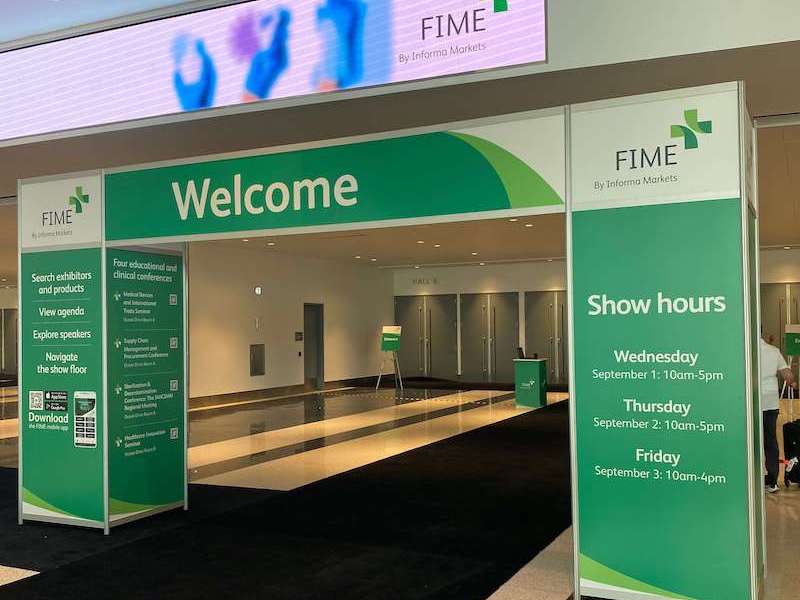Which One Is Better? Clean, Disinfect or Sanitize To Prevent COVID-19
There are many things we still don’t know about how SARS-CoV-2 spreads. What we know is that the virus is usually spread by person-to-person contact. That’s why health authorities recommend physical distancing.
But COVID-19 and other viruses and bacterias can live on surfaces. That’s why it is imperative to have Personal Protection Equipment (PPE) to make sure you are properly cleaning, disinfecting, and sanitizing.
Unfortunately, with so many cleaning agents and household products, it is challenging to know what to use. It is essential to notice that some disinfectants and sanitizers can cause health issues such as eyes or throat irritation.
Let’s define the difference between disinfecting, cleaning, and sanitizing and which PPE should be used.
Sanitizing
Sanitizing is a method designed to clean and disinfect an area simultaneously. The primary purpose of sanitizing is to lower the amount of virus or bacteria on a surface. Sanitizers eliminate germs by killing them.
Even though sanitizers are popular as they seem like a terrific way to kill the virus from objects, it may not always be suitable for every situation.
The most popular is hand sanitizer. But it is crucial to understand that using too often can result in irritation. Whenever possible, wash your hands for at least 20 seconds with soap and water.
However, when you don’t have access to soap and water, use a hand sanitizer containing at least 60% to 95% alcohol. It is wise to use an alcohol-based sanitizer since it is less irritating than n-propanol or isopropanol.
Another PPE you can use are gloves to decrease skin issues. Don’t forget to apply hand cream often and always make sure to dry your hands properly.
Cleaning
Cleaning is our first defense to remove dirt, grime, and germs from surfaces or objects. Using water and soap or detergent is an excellent way to decrease the number of germs around us.
Cleaning should be performed before disinfecting. At home, you need to clean the surface and then disinfect it. It is a wise idea to clean all the areas that touch the most. This include:
- Mobile phones, computers, laptops, and tablets
- Faucets and sinks
- Doorknobs and handles
- Tabletops
- Toilets
- Light switches
- Surfaces such as bathroom and kitchen counters
When you are cleaning, it is wise to use personal protective equipment like disposable gloves to prevent diseases and skin irritation.
It is crucial to understand that not all cleaning products can kill the coronavirus.
Keep in mind that there is no evidence that grocery packaging can transmit COVID-19. But even if you don’t need to clean your grocery items, always practice standard food safety guidelines by washing your hands and cleaning the counters and food preparation areas.




